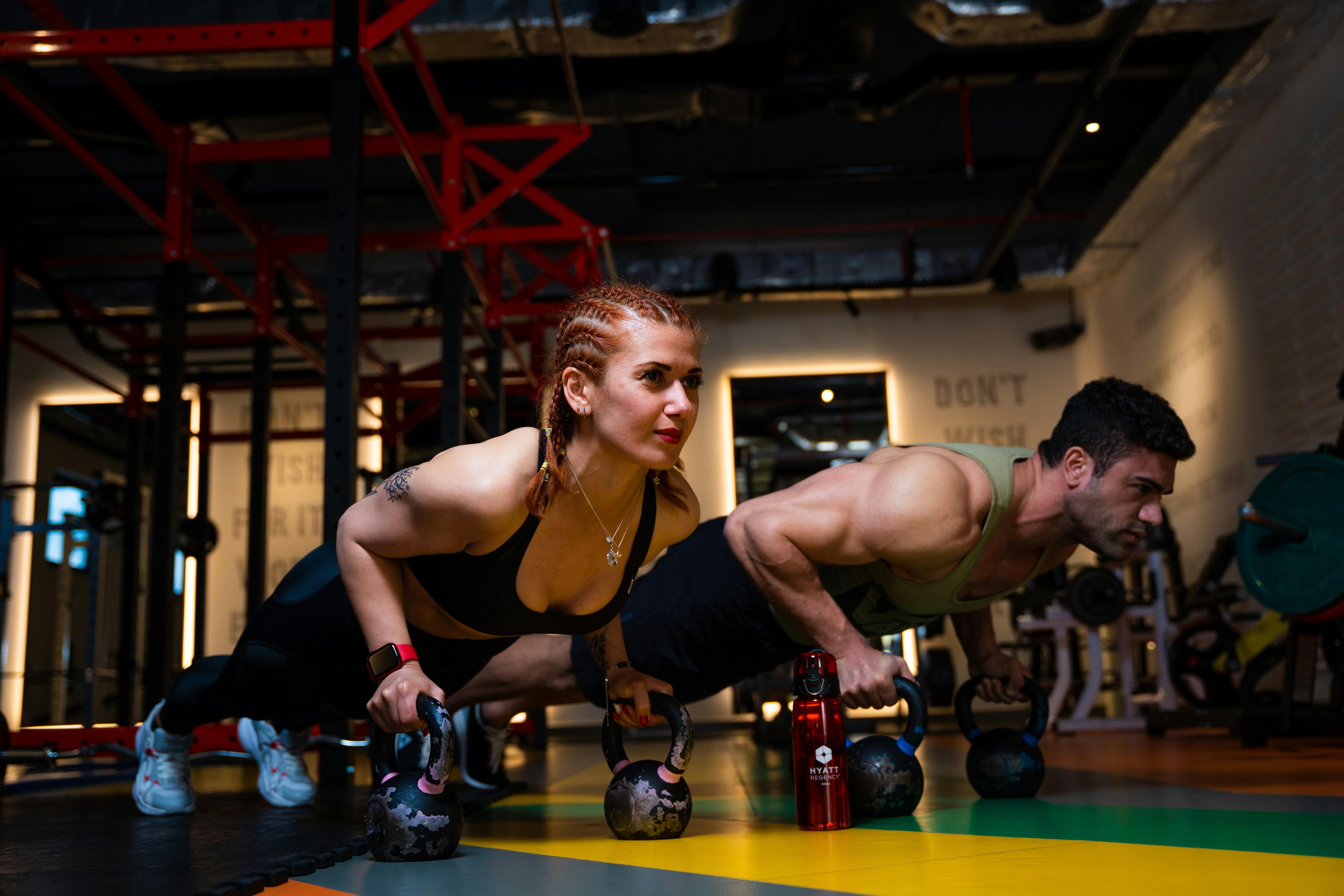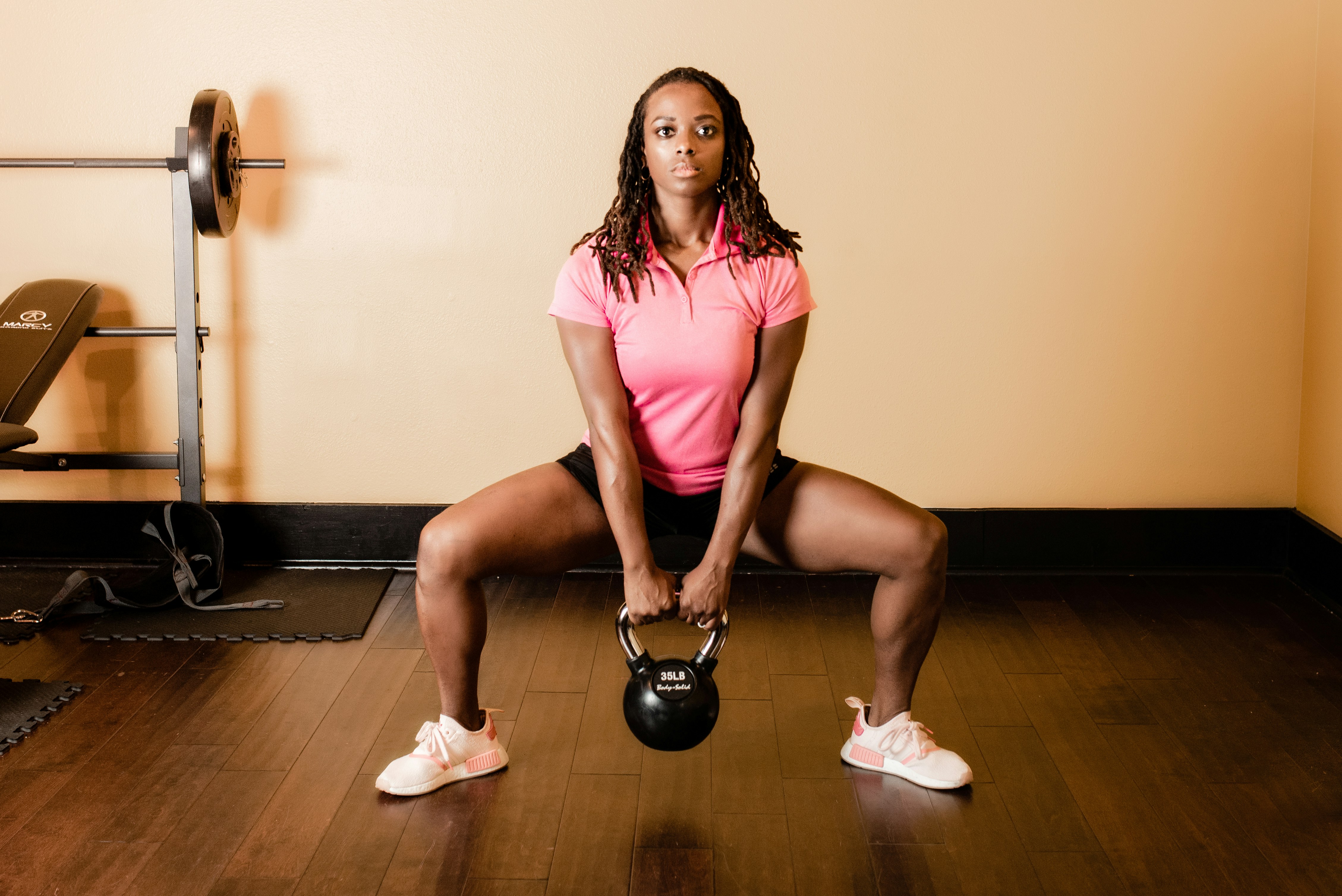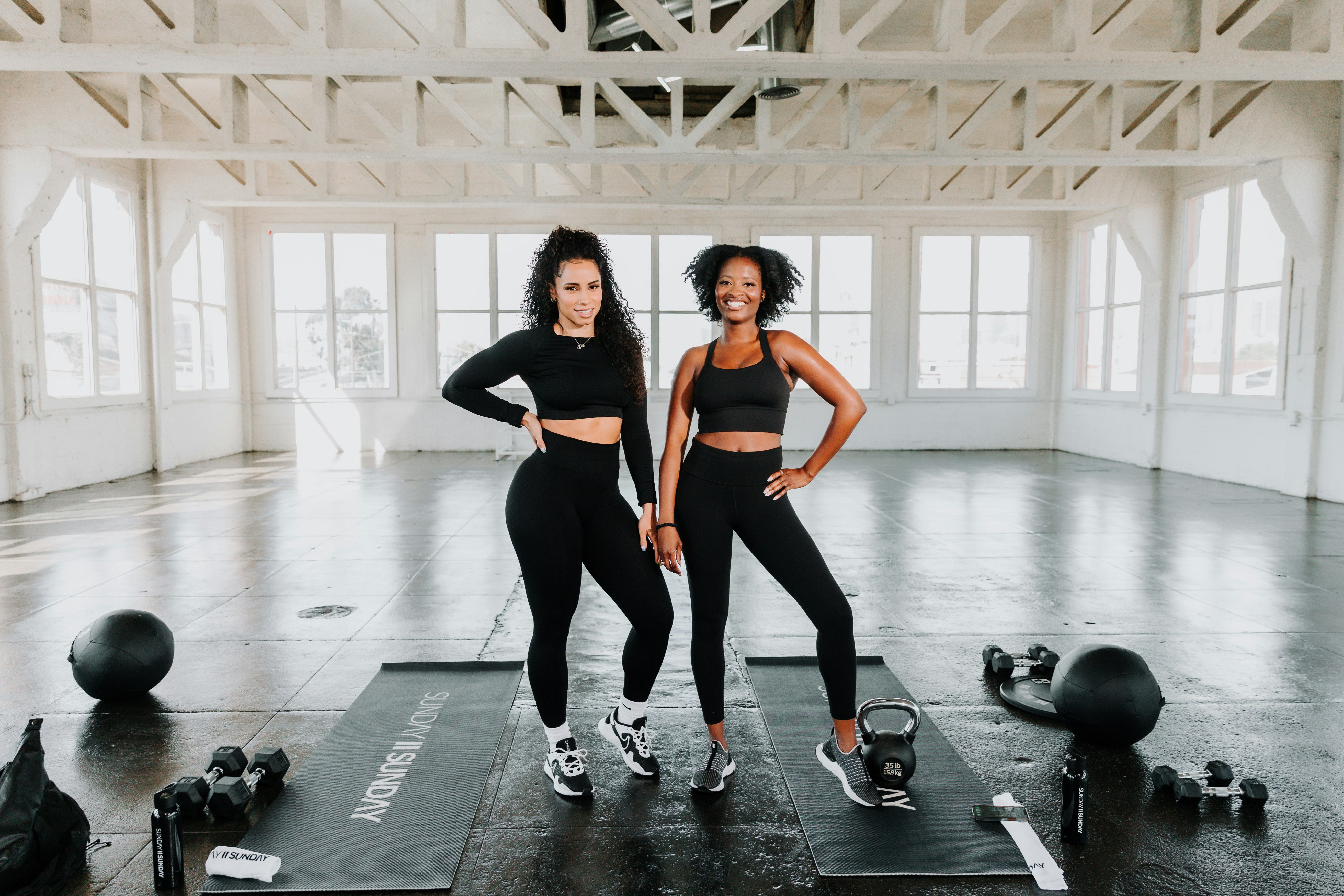Beginner's Guide to Fitness: How to Start Efficiently

Beginner's Guide to Fitness: How to Start Efficiently
Starting a fitness journey can be both exciting and overwhelming. With so much information online—ranging from six-pack shortcuts to “magic” diets—it's easy for beginners to feel lost or intimidated. This guide breaks down the most essential principles , giving you a realistic, sustainable, and science-backed way to begin your fitness path with confidence.
🧠 Step 1: Set a Clear and Personal Goal
Before you touch a single dumbbell or step onto a treadmill, ask yourself:
- Why do I want to get fit?
- What outcome do I want?
- Am I aiming to lose weight, gain strength, build muscle, or feel more energetic?
Having a clear objective helps determine the type of training , nutrition plan , and timeline you should follow.
🎯 Examples of realistic beginner goals:
- Lose 5 kg in 3 months
- Do 10 push-ups without stopping
- Workout 3 times a week consistently
Avoid vague goals like "get shredded" or "look like a model"—focus on what you can control.
🏋️♀️ Step 2: Understand the Basics of Training
There are three core components to a well-rounded fitness plan:
1. Strength Training
Builds muscle, increases metabolism, and supports joint and bone health.
Beginner-friendly exercises:
- Bodyweight squats
- Push-ups (incline or knee version)
- Dumbbell rows
- Glute bridges
- Planks
🏋️ Try 2–3 full-body sessions/week using compound movements that work multiple muscles.
2. Cardiovascular Training
Improves heart health and burns calories.
Options:
- Walking or jogging
- Cycling
- Swimming
- HIIT (High-Intensity Interval Training)
🕒 Start with 20–30 minutes, 2–3 times/week , and gradually increase intensity.
3. Mobility and Flexibility
Often neglected, but essential for injury prevention and recovery.
Include:
- Dynamic stretches before workouts
- Static stretches after workouts
- Foam rolling for muscle tightness
🧘♀️ Yoga can also be a great addition.
🍽️ Step 3: Nail Down Your Nutrition
Exercise is important, but you can't out-train a poor diet .
🧮 Caloric Balance
- To lose fat : eat in a calorie deficit
- To gain muscle : eat in a calorie surplus
- To maintain : eat at maintenance level
Use tools like MyFitnessPal or Cronometer to track intake.
🥦 Eat Whole Foods
Focus on:
- Protein : chicken, tofu, eggs, legumes
- Carbs : whole grains, vegetables, fruit
- Fats : nuts, olive oil, avocado
- Hydration : drink at least 2–3 liters of water daily
🎯 Aim for 1.6–2.2g of protein per kg of bodyweight if your goal is muscle gain or fat loss.
🛌 Step 4: Prioritize Recovery
Muscles grow during rest , not while training. Beginners often ignore recovery, leading to overtraining and burnout.
🛏️ Key elements of recovery:
- Sleep : Aim for 7–9 hours
- Rest days : Include 1–2 per week
- Stress management : Meditation, reading, social time
Listen to your body. Soreness is okay; pain is not .
📅 Step 5: Build a Beginner-Friendly Weekly Plan
Here’s a sample 3-day training split:
| Day | Focus | Workout Type |
|---|---|---|
| Monday | Full Body | Strength Training |
| Wednesday | Cardio + Core | Jog + Core Circuit |
| Friday | Full Body | Strength Training + Stretching |
💡 Pro Tip: Start slow. Consistency beats intensity.
⏳ Step 6: Stay Consistent and Patient
Fitness results take time and discipline . Many beginners quit within weeks due to unrealistic expectations or lack of results.
✅ What to track:
- Energy levels
- Progress photos
- Workout performance (e.g., heavier weights, better form)
- Clothing fit
🚫 Common Mistakes to Avoid
- Doing too much too soon
- Comparing yourself to others
- Skipping warm-ups or cool-downs
- Not eating enough (especially protein)
- Chasing fads or overcomplicating things
🧬 The Science Backs Simplicity
“The best exercise is the one you can stick with.”
— American College of Sports Medicine (ACSM)
Scientific reviews show that adherence to a fitness routine is more important than the type of training or diet used. [1]
🧭 Summary Checklist for Beginners
✅ Set a specific goal
✅ Strength train 2–3x/week
✅ Add cardio gradually
✅ Stretch and rest
✅ Eat whole, balanced meals
✅ Sleep well
✅ Track progress
✅ Stay consistent
📚 References
Bauman, A. E., Reis, R. S., Sallis, J. F., Wells, J. C., Loos, R. J., & Martin, B. W. (2012). Correlates of physical activity: why are some people physically active and others not? The Lancet , 380(9838), 258–271.
Schoenfeld, B. J., & Krieger, J. W. (2010). The impact of protein intake on muscle hypertrophy and strength gains. Journal of the International Society of Sports Nutrition , 7(1), 1–10.




